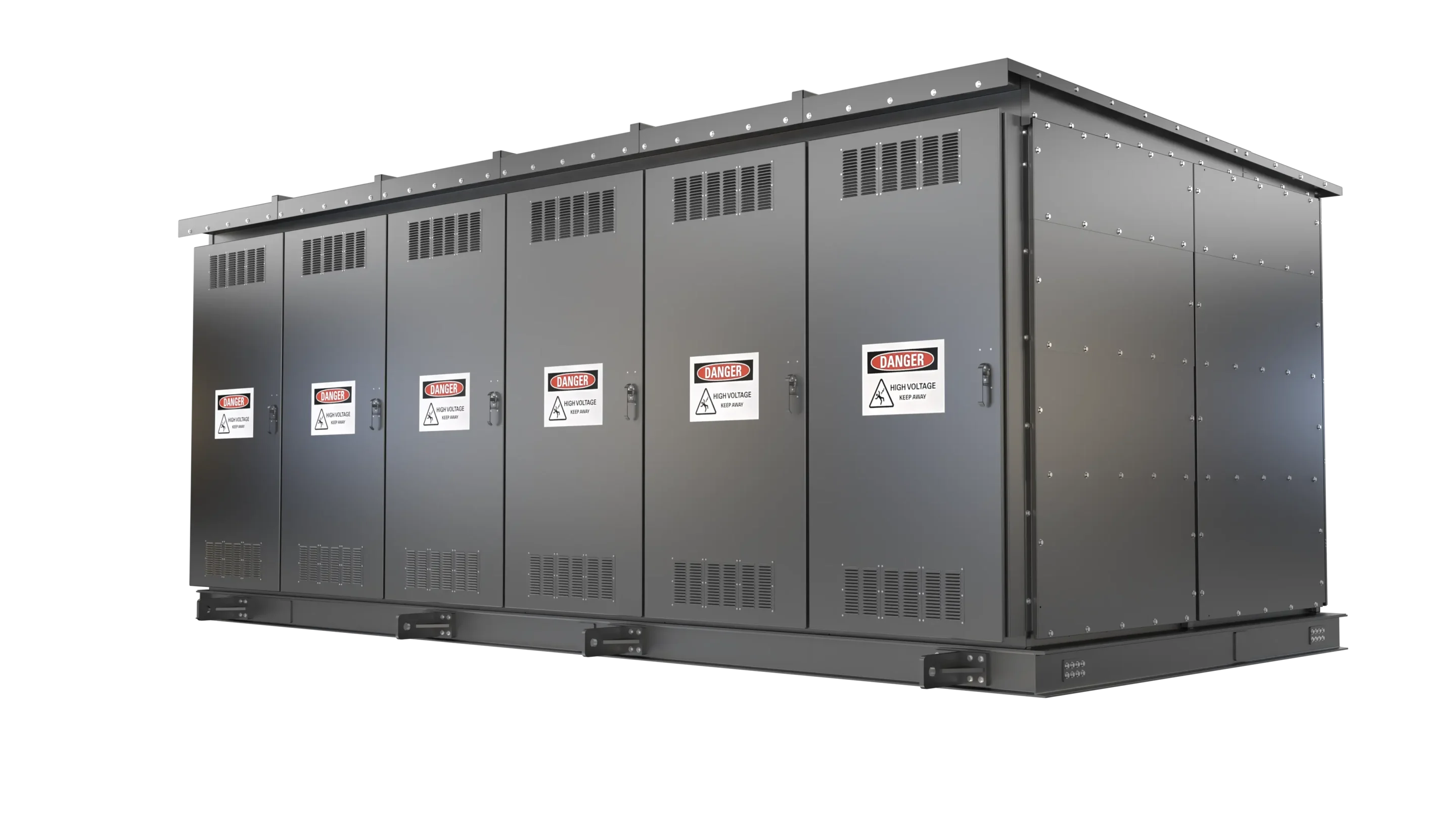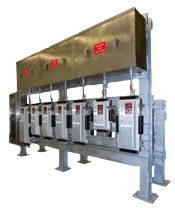
Understanding Why IEEE C37.59-2018 Treats Design Testing as Non-Negotiable
When it comes to electrical infrastructure upgrades, cutting corners is never worth the risk. This is especially true for switchgear conversions, where even minor miscalculations can lead to major consequences — including equipment failure, fire, or personnel injury. That’s why design verification is a cornerstone of the IEEE C37.59-2018 standard, and why every conversion project should treat it as a non-negotiable requirement.
In this blog, we break down what design verification really means, what’s involved, and why you can’t afford to skip it.
What Is Design Verification?
Design verification is the formal process of validating that all modifications made to switchgear — electrical or mechanical — meet or exceed the original equipment’s ratings and safety requirements. It is not just a visual inspection or a checklist. It is a set of tests and documentation procedures that ensure the upgraded gear operates as safely and reliably as it was originally designed to.
According to IEEE C37.59-2018, any conversion that affects structural components, dielectric performance, protective relays, insulation systems, interlocks, or clearances must be verified through engineering design analysis and physical testing.
What Does Design Verification Include?
The standard outlines specific components that must be addressed during the verification process:
1. Mechanical Fit and Structural Integrity
-
- Bus bar support systems
- Breaker compartment alignment
- Arc chutes and barriers
- Mounting brackets, adapters, and retrofit kits
2. Electrical Ratings and Insulation
-
- Dielectric withstand tests
- Insulation coordination checks
- Clearances and creepage distances
- System grounding compatibility
3. Functional Testing
-
- Protective relay logic and trip paths
- Control wiring and interlocks (MOC/TOC, key interlocks, etc.)
- Interface with SCADA or automation systems
4. Short-Circuit Withstand and Thermal Capacity
-
- Verifying that new components can handle the system’s fault levels
- Confirming heat rise limitations under continuous load
Design changes without these verifications are no longer compliant, even if the gear appears to function properly.
Why It Matters: Risks of Skipping Verification
Without proper design verification, even well-intentioned upgrades can introduce serious hazards:
-
- Breaker misalignment that prevents full contact engagement
- Underrated insulation that breaks down under fault conditions
- Compromised clearances that lead to flashover
- Relay miscoordination that fails to isolate faults
- Unverified bus modifications that result in thermal failure
These aren’t minor issues — they’re the kinds of oversights that lead to fires, downtime, injuries, lawsuits, and violations.
What IEEE C37.59-2018 Says
“The converter shall conduct thorough and formal design verification for the completed conversion, and the converter shall perform all additional tests determined to be necessary.”
— IEEE C37.59-2018, Section 1.1
The document doesn’t just recommend testing — it requires it. And that testing must be performed by someone qualified to understand the technical and regulatory consequences of the work being performed.
Who Should Handle Design Verification?
As we explained in Blog #1, not all electrical contractors or engineers are qualified to perform switchgear conversions — and the same is true for design verification. The ideal partner for this process:
-
- Has hands-on knowledge of switchgear design and UL/NRTL testing
- Understands IEEE, ANSI, NFPA, and NEC standards
- Can provide both engineering documentation and field execution
- Uses UL-approved components and retrofit kits
- Has internal quality control and testing protocols
At Spike Electric, our field and design teams work together to ensure every conversion is built, documented, and tested per IEEE C37.59 not just what looks good on paper. We simulate loads, test protection logic, and validate everything from compartment adapters to breaker timing to ensure safety from day one.
Documentation: The Forgotten Piece
Design verification isn’t complete without the paper trail.
Every conversion must include:
-
- Updated one-line diagrams
- Component specifications and cut sheets
- Insulation system ratings
- Load calculations and coordination studies
- Test reports and pass/fail logs
These documents are what protect you during audits, inspections, or incident investigations — and what ensure future techs can safely maintain or modify the gear.
The Spike Difference: Verified, Documented, Trusted
At Spike Electric, we don’t guess — we verify. Every retrofit, upgrade, or conversion we deliver undergoes full design review and testing, based on IEEE C37.59 guidelines. It’s built into our process because it’s part of our DNA: manufacturing-grade quality, applied in the field.
Final Thought
Design verification isn’t an option. It’s the backbone of a safe and successful switchgear conversion.
If your current service provider isn’t testing and documenting their work to these standards — or worse, if they don’t even mention IEEE C37.59 — then they’re not just cutting corners. They’re gambling with your facility’s safety and future.
Want your next upgrade verified the right way? Start with Spike


